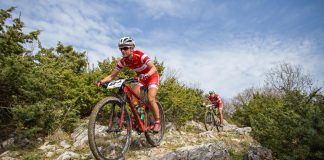Istria is a region notable for its diversity. Be it cultural, geographical, gastronomical or even linguistical Istria is a place where you will be spoilt for choice. Visiting and not exploring the peninsula as much as possible is a pity, as there is so much to see, do and taste.
By Zlatko Tomšić/AiC
One of the best ways to immerse yourself in the rich history of Istria is by following the old railroad line Parenzana. The line operated during the Austro Hungarian times, when it served as a way to transport agricultural treasures from Istrian farms to Trieste.
When the line opened in 1902 farmers found a way to sell famous Istrian olives, wine, cheese, salt but also stone, coal, and wood in the big city market. This lifeline started economic growth that laid the foundations for the region’s prosperity even to these days.
Old railway
The railway is not in use for more than 80 years, but through the cooperation of municipalities from Croatia, Slovenia and Italy and support from EU funding old railway line has been repurposed as a cycling and hiking route. Following the original winding tracks from the seaside city of ►Poreč, the route heads inland and passes by farms, over viaducts, through tunnels and delightful small towns which all deserve a stop, if nothing else fifteen minutes to soak in the surroundings and architecture.
Slowing down even more and taking your time is the best way to experience this route. Around each corner, there is either a viewpoint, piece of history, farm or a vinery waiting to be discovered. There is no need to ask for recommendations as Istrians are known as excellent hosts and wherever you stop you will have a unique and pleasant experience.
From Croatia to Italy
The route connects Poreč and Trieste and is 123 km in total with 78 of it being in Croatia. The track is mostly gravel, with some of it on farm tracks and even less asphalt, so it is best to take your mountain bikes. There is no traffic on the route, except some brief stretches in small towns where the stations were situated. Lack of traffic and easy gradients needed for railway traffic make this route suitable for whole families, where children can enjoy the natural beauties alongside their grandparents.
Best time for visiting is spring and autumn with milder temperatures and when the seaside resorts are less crowded. If you enjoy sea and swimming, then summer months can be a great option when you can combine riding parts of the route in the morning with beach time in the afternoon.
Since the bike route opened in 2009, the number and quality of bike and bed accommodation along the route has steadily increased so that now there is plenty to choose from if you prefer to follow the route on a multi-day trip. On the other hand, ►Umag or Poreč make a great multi-day base. There you can find a wider choice of accommodation, more touristic highlights and activities all while being within an hour drive to most parts of the route. In this way, you can explore parts of the route that is most interesting to you.
History and good food
Among things to see along the route you can a museum dedicated to the Parenzana railroad in Livade, see scale models of locomotives used on the railroad in ►Vižinada and ►Grožnjan or visit an underground cave in Baredine. Gastronomical treats not to be missed are local prosciutto, olive oil, truffles, asparagus dishes (during its season) and of course famous Malvazija and Teran vines.
If you are looking for a leisurely company or competition, there are several events during the year where riders and runners can participate. To explore the route on your own, it is best to download the GPS track and visit local tourist offices.
Whether you are planning a quick weekend getaway or a two-week holiday, basing your trip around Parenzana will give you a deeper understanding of Istrians and Istria. Understanding how much work, dedication, and knowledge passed from generation to generation is needed to thrive in the land between sea and hills, you will truly be able to appreciate the beauty and diversity that Istria has to offer.
Photos: http://www.parenzana.net/en

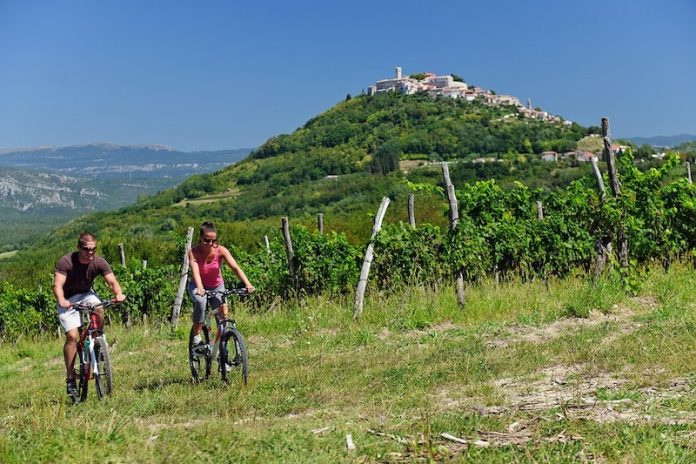
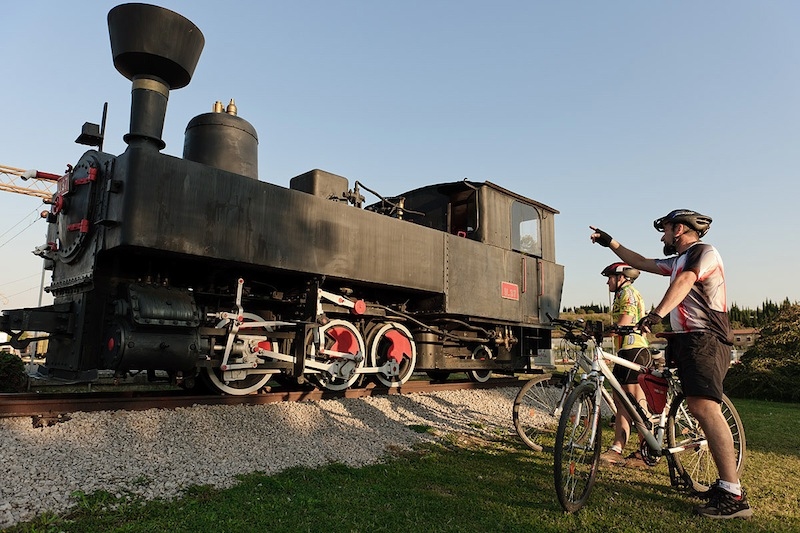

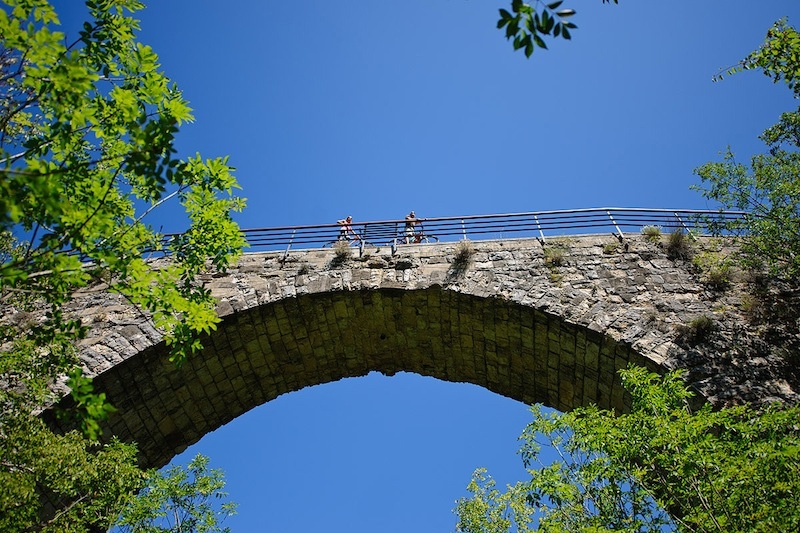



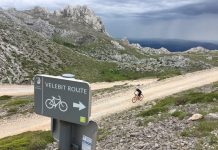

![[PHOTO] For Bahrain Merida Pro Cycling Team road to pink and yellow jersey starts on sunny Hvar, Croatia!](https://activeincroatia.com/wp-content/uploads/2019/01/bahrain_merida_hvar_2018-219-218x150.jpg)
![[PHOTO] Nathalie Schneitter – Shredding the bike trails in Croatia](https://activeincroatia.com/wp-content/uploads/2018/12/11_Top-of-Omiš-218x150.jpg)
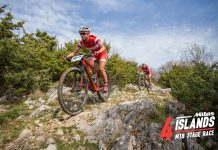




![[PHOTO] Nathalie Schneitter – Shredding the bike trails in Croatia](https://activeincroatia.com/wp-content/uploads/2018/12/11_Top-of-Omiš-324x160.jpg)
